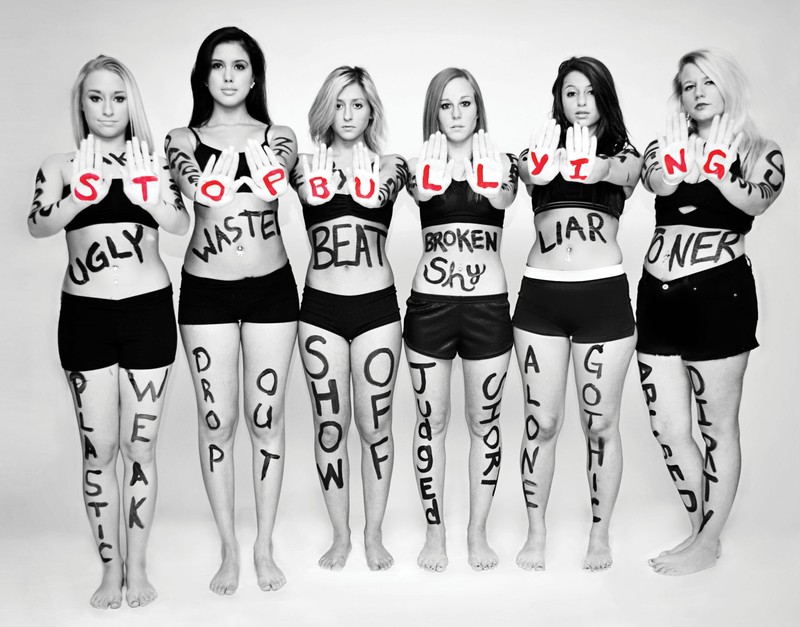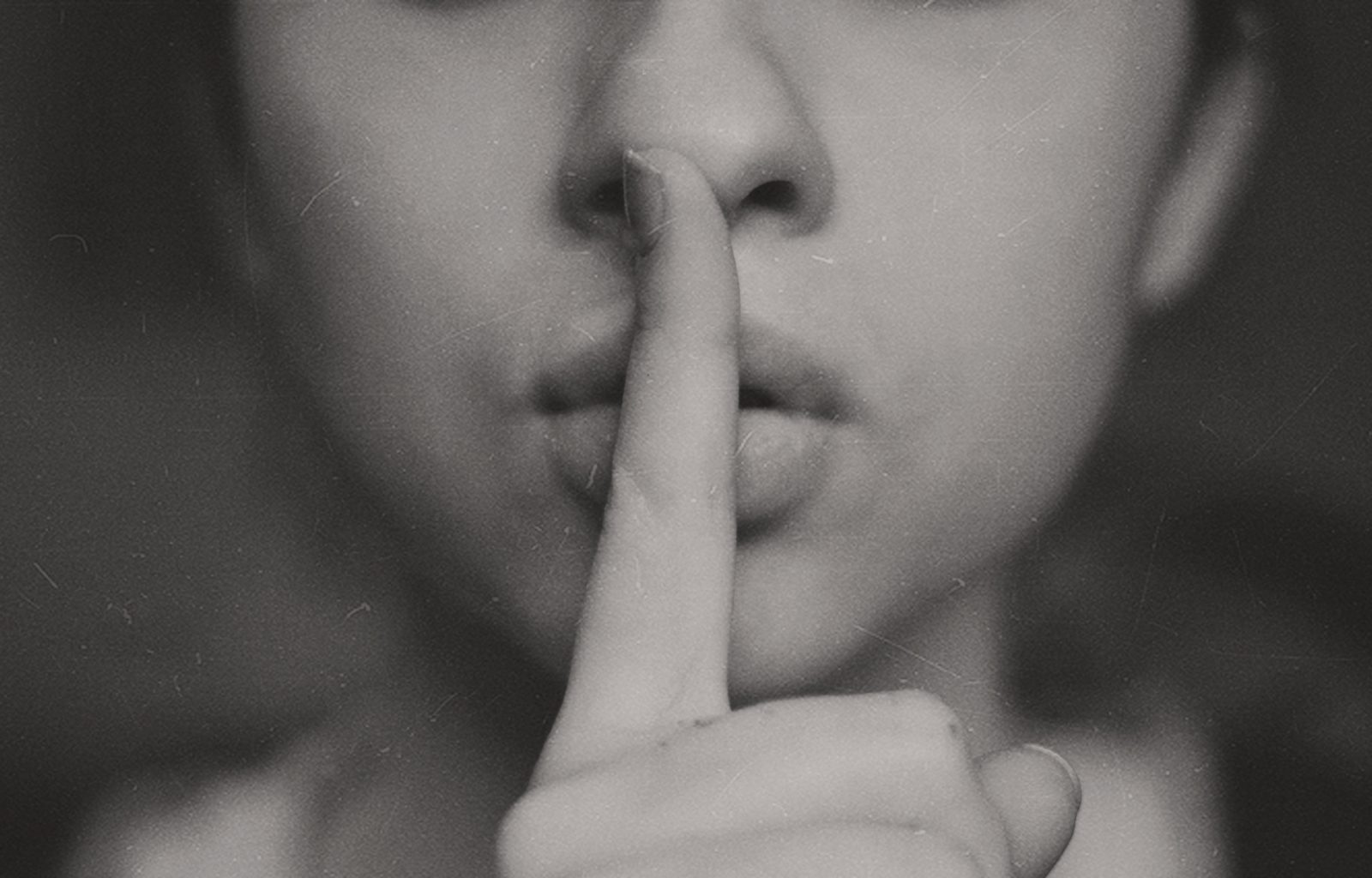Part 3: Dealing With Bullies
A Sikh’s guide to dealing with subtle oppression experienced in elementary school to adulthood
This post the last part of a three-part series exploring subtle bullying called micro-aggressions.
- Part 1: Introduction & Types of Micro-aggressions
- Part 2: The Bully & the Victim
- Part 3: Dealing With It
In part one of this series, I introduced the topic of micro-aggressions, discussed subcategories, and provided examples of commonly experienced micro-aggressions.
In part two, I wrote about the bully, the bully’s characteristics and intentions, and I wrote about how micro-aggressions impact the victim or the “receiver.”
In this article, I write about how to deal with micro-aggressions and how to create a more positive environment for yourself.
Dealing with it: Damned if you do, Damned if you don’t
The problem with bringing up “color” or “religion” as being a source of contention is that the “receiver” will be accused of being “oversensitive” or “overreacting” and the “bully” will deny it, become defensive, or refuse to talk about it any further. This puts the “receiver” in a bind, if they do bring it up, they’re dismissed; if they don’t bring it up, micro-aggressions continue to be a problem (Source 1).
Research suggests that micro-insults and micro-invalidations are potentially more harmful because of their invisibility (Source 1). If you can’t clearly see it and can’t clearly pinpoint what’s bothering you, how can you fix it?
In middle school I often thought to myself, “I wish these girls would just say something mean to my face and then I could yell back!” Interestingly, most minorities feel the same way. Some research shows that “… people of color indicate they are better able to handle overt, conscious and deliberate acts of racism than the unconscious, subtle and less obvious forms. That is because there is no guesswork involved in overt forms of racism” (Source 1).
If my bullies had just come up to me and said, “We think it’s gross that you don’t shave and still go swimming. Your religion is weird; we aren’t going to talk to you and will call you names behind your back.” Instead of glaring at me, whispering about me, and then laughing, I could have confronted them. When I asked, “What are you whispering about?” they answered, “Oh, nothing!” and giggled. Overt forms of oppression can be easier to address.
Properly dealing with it
Unfortunately, there is no way to eliminate all micro-aggressions from your life. But there are ways you can properly deal with micro-aggressions so they don’t hurt you as much. “Become aware of them/learn what they are, be able to identify them, learn how to confront micro-aggressions when they transpire, practice ways of initiating uncomfortable conversations” (Source 10).
Try using the “ACT” model of responding (Source 7).
A -> Acknowledge the impact of the statements: The instance someone says something derogatory or does something to make you feel excluded, identify what the action was and recognize how it makes you feel.
C -> Clarify intention behind words/actions: Make sure you understand what happened before you respond. “What do you mean by that?” “Could you clarify?” “What made you ask me that question?” Make sure you don’t have an accusatory tone, but a tone of curiosity.
T -> Teach by responding to situations: At a minimum share with the owner of the comment or action the impact it had on you. “That comment you made, made me upset, because I don’t feel like its true.” Then explain your point of view.
Let’s look at an example of how the ACT model could work:
Situation:
- Person A: What’s your nationality? Where are you from?
- Sikh: I’m American. I’m from New York.
- Person A: No, where are you really from?
A: Acknowledge: You realize that this questions doesn’t sit well with you. You are offended that this person does not view you as a fellow American and does not accept your answer of “New York.” Realize it’s time to use “ACT.”
C: Clarify: Find out what this person is really asking. Most of the time, this person is just curious, does not intend to be rude, and is lacking the appropriate vocabulary (and sometimes social decorum). Most of the time, people confuse the concept of nationality (what country you live in or vote in) with ethnicity (your cultural or racial roots).
- Sikh: What do you mean, where am I really from?
- Person A: Like, where are your parents from?
- Sikh: New York
- Person A: Come on! You know what I mean!
- Sikh: Are you asking about my ethnicity? Like, where my cultural heritage is from?
- Person A: Yes!
T: Teach. Use this as a teaching moment to clarify terms.
- Sikh: Well, I was born in America, so that makes my nationality American, but my family comes from Punjab, India. So my ethnicity is Punjabi.
If you don’t have the courage or nerve to address the situation in the moment (which is the best time), you can get back to the bully later. “Hey, yesterday you said/did something that bothered me and I wanted to talk to you about it.” If you feel like the situation will get out of hand, recruit a close friend to be with you, or a teacher to facilitate. I understand these conversations take a lot of courage and can be scary. But, it will build internal strength, may create respect in the bully’s mind, and may prevent it from happening again.
People who focus on coping strategies to deal with micro-aggressions have less depression, less anxiety and an enhanced physical and psychological well-being, (Source 8).
Here are some coping strategies you can try out:
- Strive to get rid of the problem: This can happen through the conversations mentioned above, or having classroom/workplaces discussions about differences, respect, and micro-aggressions.
- Positive refocusing: Think of something good and positive in your life while brushing off the micro-aggressions.
- Planning: Think about how you’re going to react to micro-aggressions. Have a plan of action or a rehearsed conversation ready in your mind.
- Positive reappraisal: Seek out experiences or people who reinforce your worth, value, and quality.
- Putting into perspective: Understand that the bully might not intend harm and their actions are part of a larger social problem.
- Lean on your support network: This is a network of people and entities who demonstrate concern, love, acceptance, care, and can offer you resources. They could be friends, family, school clubs, sangat,gurbani, kirtan, or websites of inspiration (Source 8). Through this network, you can share ideas to establish adaptive defenses against stress. “Social support has been correlated with an optimistic outlook and optimistic people with satisfactory social support report fewer feelings of isolation and higher comfort in diverse social environments. In addition, people with optimistic dispositions may attract more social alliances, consequently further enhancing their social support networks, which in turn leads to better psychological and physical health” (Source 5).
- Pick your battles: Make deliberate decisions about when and how to address the micro-aggressions (Source 8). For example, you might not want to confront someone rolling their eyes at you but you might want to confront someone making fun of your kesh or dastar. Save your energy and reputation for the important fights.
Seek multidimensional support. There are three types of support networks that can help you deal with micro-aggressions:
- Intragroup support: Includes support from other Sikhs or Punjabis
- Intergroup support: Includes support from others outside of the Sikh or Punjabi community
- Environmental and institutional support: Includes culturally inclusive curriculums, counseling centers, multicultural clubs or offices, and policies that protect individuals from discrimination
These three networks can provide you with confidants, peers, and experts (Source 9). When one network isn’t there or can’t provide you with what you need, go to your other networks.
Lastly, be aware of your own privileges and biases and be more conscious in the way you interact with others. You don’t want to be the bully.
What won’t work
Several studies show that if you avoid dealing with micro-aggressions, distract yourself, deny that they are happing, feel like there is nothing you can do, or withdraw from society, you can become distressed and the problems will get worse of times. Venting, substance abuse, fatalism (“It’s all over! I’ll always be a loser!”), intellectualizing (“It has to be my fault, it’s the only answer!”), active forgetting or denial are all associated with poorer physical and psychological stress outcomes (Source 5).
Conclusion
When we expand our conceptualization of a bully to include the charismatic adult bully, we open up the possibilities of who can be a bully. We also expand the range of bullying behaviors to include covert behaviors, such as micro-aggressions (Source 6).
Sources
Source 2. http://en.wikipedia.org/wiki/Microaggression
Source 3: http://bitchmagazine.org/post/microaggressions-because-it-IS-a-big-deal
Source 5: http://www.cesa1.k12.wi.us/cms_files/resources/microagressions_article.pdf
Source 7: http://teenstalkcultures.com/2013/02/15/what-are-microaggressions-can-i-influence-them/
Source 8: http://works.bepress.com/stacy_harwood/8/
Source 9: http://academiccommons.columbia.edu/catalog/ac:150381
Source 10: http://www.cesa1.k12.wi.us/cms_files/resources/microagressions_article.pdf







No Comments